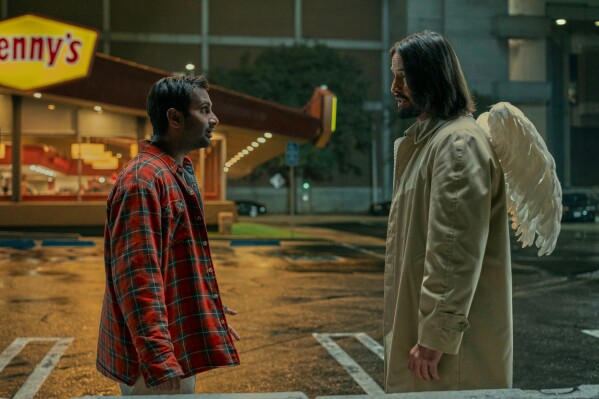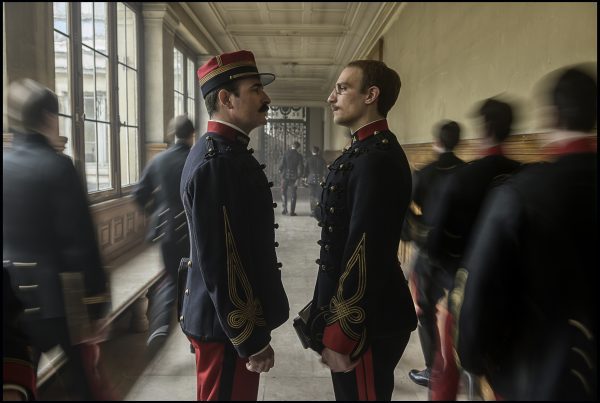J.C. Chandor may be the next David O. Russell, who himself was the next Steven Soderbergh—slippery filmmakers who defy notions of directorial authorship, whose newest project is always markedly different from the previous one in style and content. This tendency can be both liberating and frustrating when approaching their movies, whose only predictable direction is their unpredictability.
Chandor’s debut project was the riveting financial drama “Margin Call,” a playlike exploration of Wall Street avarice on the eve of the Great Recession. His sophomore film, “All is Lost,” featured no dialogue, and was a purely cinematic, observational, and experiential account of a man marooned at sea. His latest movie, the crime thriller “A Most Violent Year,” which opens Friday, shifts gears a third time, channeling a “Goodfellas”-like ambience in its tale of immigrant oil magnate Abel Morales struggling to stay on the straight and narrow in a corrupt New York City, circa 1981.

Abel is played by Oscar Isaac, whose performance here couldn’t be more different from his star-making turn as the self-destructive folkie Llewyn Davis. Here, he seethes with the intensity and drive of a young De Niro. His character is expanding his heating-oil empire into different boroughs of Manhattan, but growth comes at many an expense: His tankers are being stolen or siphoned by competitors, his drivers bloodied, his privacy threatened by gun-bearing prowlers.
Meanwhile, the state’s D.A. (David Oyelowo) plans to indict him for suspected cooked books, and his loyal moneylender considers jumping ship. All of this comes at a time in which a major seaport expansion will make or break his business—and the money to finish the deal seems to be slipping through his fingers. Does he continue to stay straight, or does he resort to the mafia tactics of his competitors?
“A Most Violent Year” contains flashes of both of Chandor’s previous ventures; it’s dialogue-driven, like “Margin Call,” but it contains enough wordless, moody chase scenes to conjure the image-driven storytelling of “All is Lost.” Months ahead of its release, “A Most Violent Year” earned some Oscar whispers, but considering the hype that precedes it, it feels undercooked.
On the plus side, Chandor successfully creates an atmosphere of danger around every corner, and he deserves credit for reimagining New York City in its all of its former grit and grime—its graffitied walls, its gangster dinners, its subway floggings. Kudos, too, to Albert Brooks, who slides ever so comfortably into his supporting-role shoes as Abel’s unethical attorney; and to composer Alex Ebert, from Edward Sharpe & the Magnetic Zeroes fame, whose subtle ambient score grants the narrative an eerie undercurrent of encroaching doom.

On the other hand, as Abel’s cold-blooded wife/accountant, Jessica Chastain may be the film’s nominal costar, but she delivers a thankless performance as the movie’s most underdeveloped character. And the movie’s overarching subjects—the costs of cutthroat capitalism, the relentless pressure to get ahead, and the endemic corruption of the powerful—are presented as familiar crime-drama chestnuts, trotted out in all of their inevitability. Unlike, say, “The Drop,” a thriller full of complexity and visceral twists, its protagonist’s journey toward illegality is hampered by an elliptical structure that drains the film of its intended shocks. The movie, like Abel, goes through the motions to get to the finish line.
By the time he tells the D.A. “we need to come to some sort of a conclusion,” the film has reached two hours, and many viewers will be thinking the same thing.
“A Most Violent Year” opens Friday at most area theaters.







